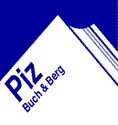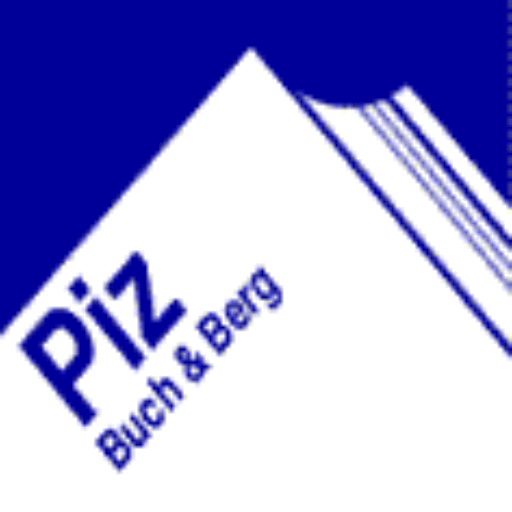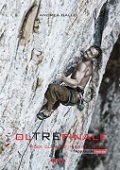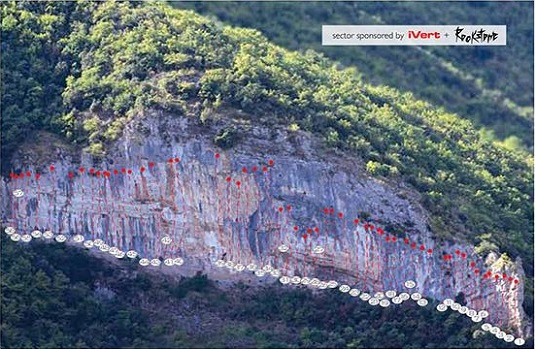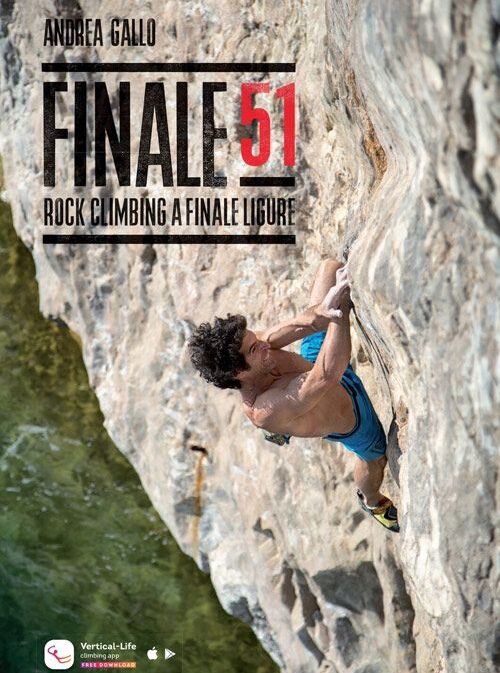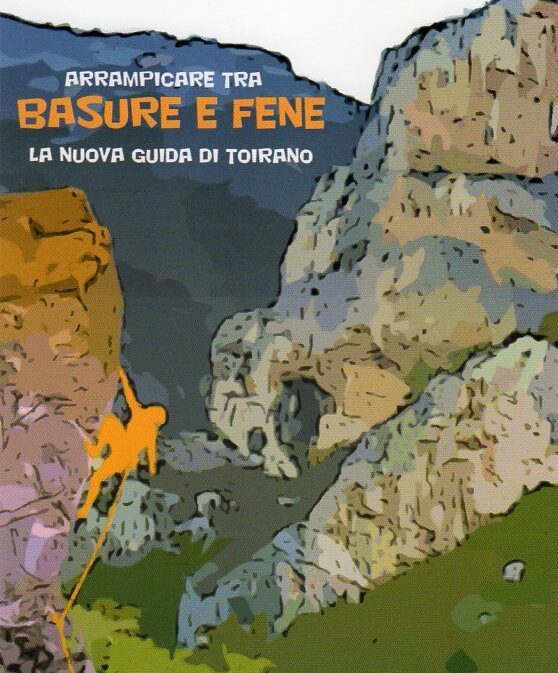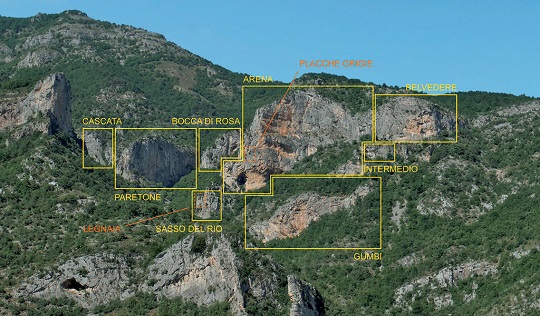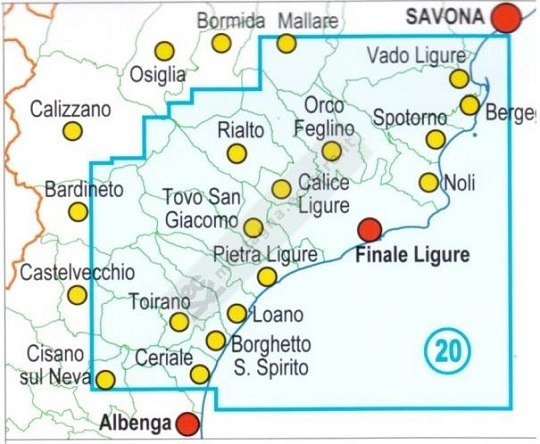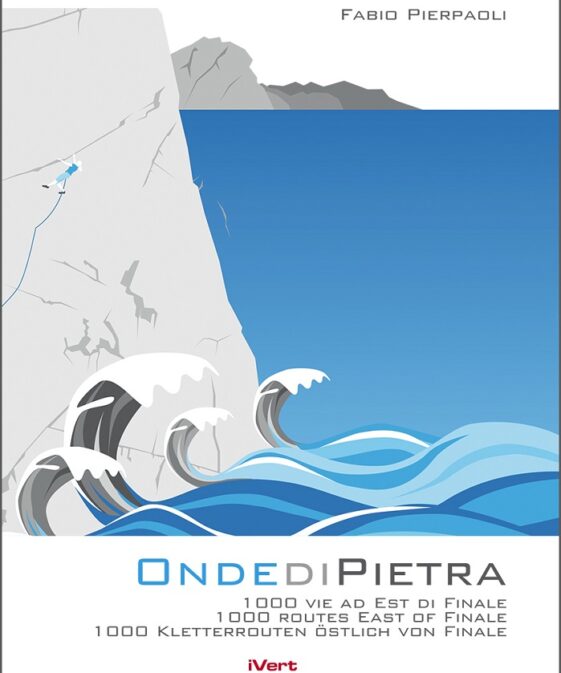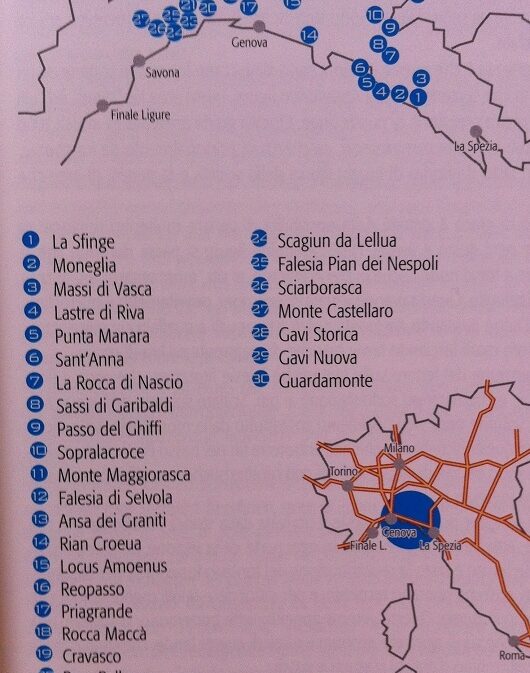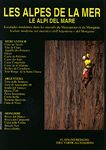oltrefinale – Rock climbing in West Liguria
CHF 66.70 incl. MwSt.
out of print
Hinter dem Titel `oltrefinale` verbergen sich über 115 Felssektoren mit über
2000 Routen in 6 Tälern `jenseits` von Finale und der französischen Grenze:
Euskal, Court, Red Wall, Castelbianco, Terminal, Toirano, Planetarium.
Oltrefinale ist der ultimative Führer zu den alternativen Klettergärten rund
um Finale und beschreibt die Sportklettermöglichkeiten in den Tälern westlich
der Ortschaft, in der Region Ligurien. Insgesamt sind dies sechs Täler:
Val Varatella, Val Nimbalto, Val Pennavaire, Valle Argentina, Val Nervia und
Val Tanaro. Zusammen bieten sie mehr als 100 Klettergärten mit tausenden
Routen aller Schwierigkeitsgrade auf kompaktem Kalkgestein. Die wundervolle
mediterrane Umgebung mit ihren Felswänden ist ideal für die Kombination aus
Ein- und Mehrseillängen-Routen. Das Buch gibt Informationen zur Art und Weise
des Kletterns in jedem einzelnen Klettergarten, zur besten Jahreszeit,
beschreibt den Zustieg und bietet genaue Topos, Routenlisten und
Übersichtskarten.
La nuova guida, giunta alla terza edizione, di Oltrefinale, che descrive tutte
le pareti del Ponente ligure ad ovest di Finale. Sono sei vallate (val
Varatella, Val Nimbalto, Val Neva e Pennavaire, Val Tanaro, Valle Argentina e
Val Nervia) che negli ultimi anni hannop visto uno grandissimo sviluppo dell‘
arrampicata sportiva: oggi si contano oiù di 115 falesie con 2000 vie
Rock Climbing Nel Polente Ligure:
Euskal, Court, Red Wall, Castelbianco, Terminal, Toirano, Planetarium.
All the secret crags of the Riviera finally revealed. The new super area for
climbing just outside of Finale Ligure.
5 valleys (Varatella, Nimbalto Val, Val Pennavaire, Argentina Valley and
Nervia Valley), 80 cliffs, 1200 routes, 20,000 bolts , a huge job.
The Riviera di Ponente has become in the last 10 years the biggest Italian
area for climbing. Not only Finale Ligure, but new areas for climbing in the
hinterland of Pietra Ligure, Loano, Albenga and San Remo.
Each crag is described in this guide by a short introduction, access and other
information with the use of symbols to highlight the main features of the
wall. For the most important walls there is a further division into sectors,
again with the use of symbols, then you come to the description of the routes
that are presented by their name, length, difficulty, beauty and the line
below the name of the author and for the routes of grade 7 (the great barrier
of the ’80s), also the name of the first climber who did the redpoint ascent
(RP).
Recommendations on the topic
Guidebooks Rock climbing / Bouldering
Guidebooks Rock climbing / Bouldering
Guidebooks Rock climbing / Bouldering
Guidebooks Rock climbing / Bouldering
Mountainbike Guidebooks
Guidebooks Rock climbing / Bouldering
